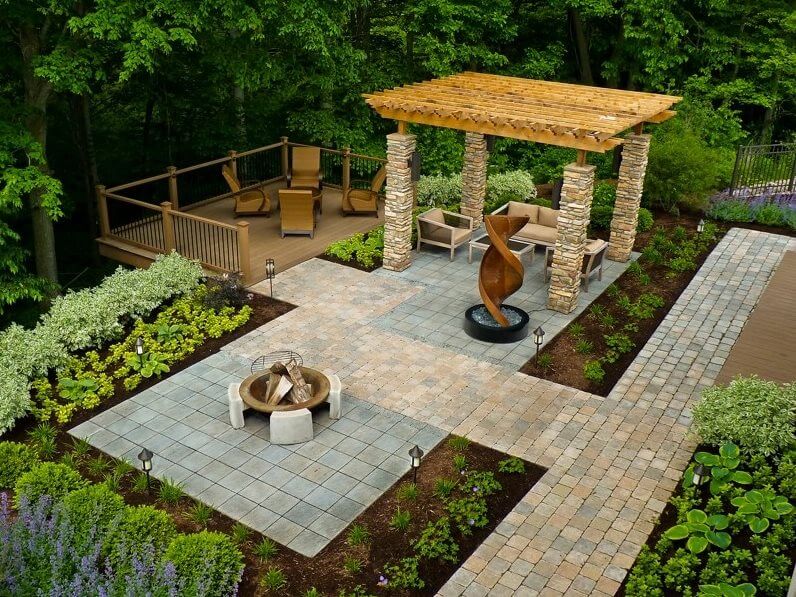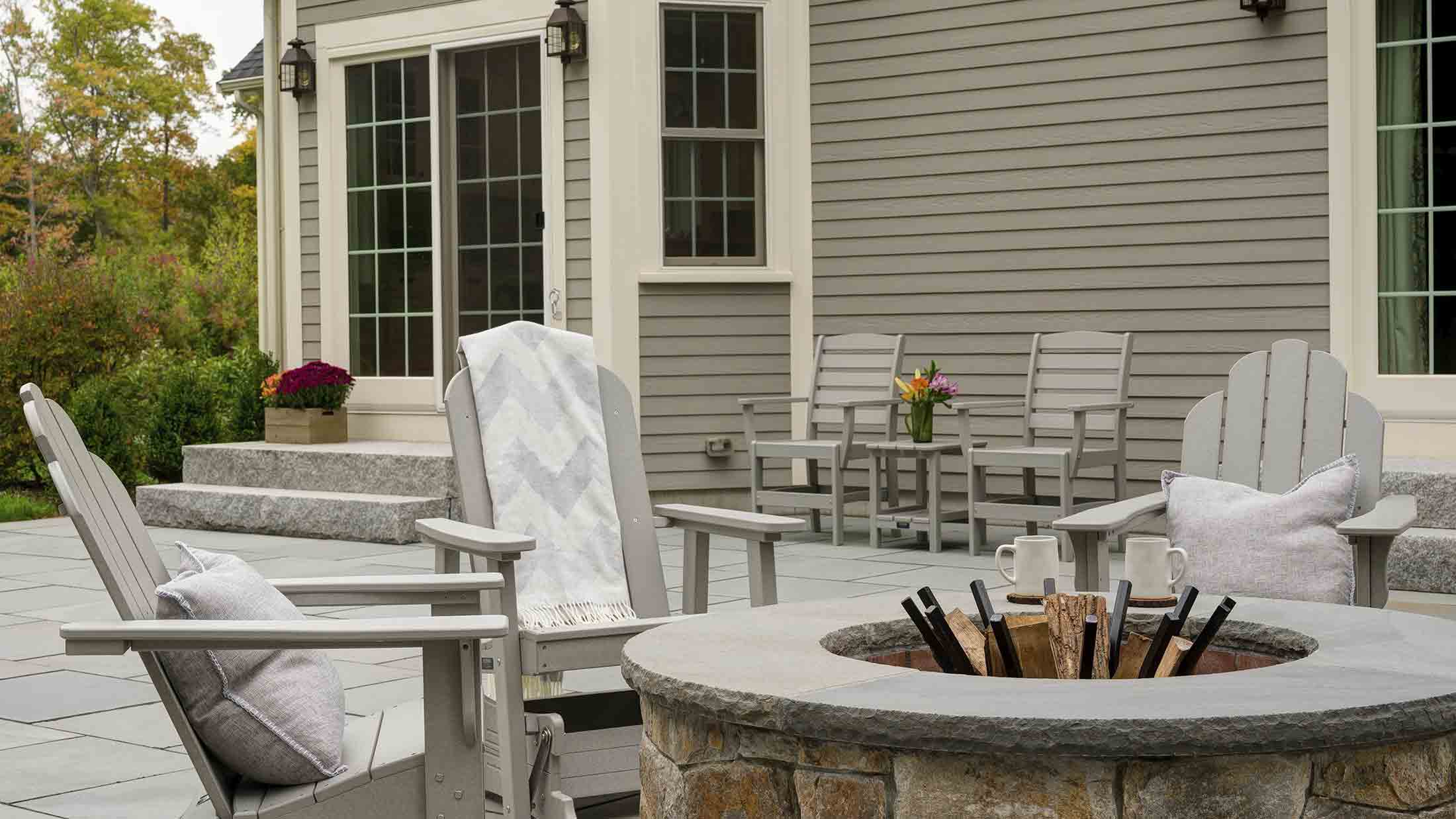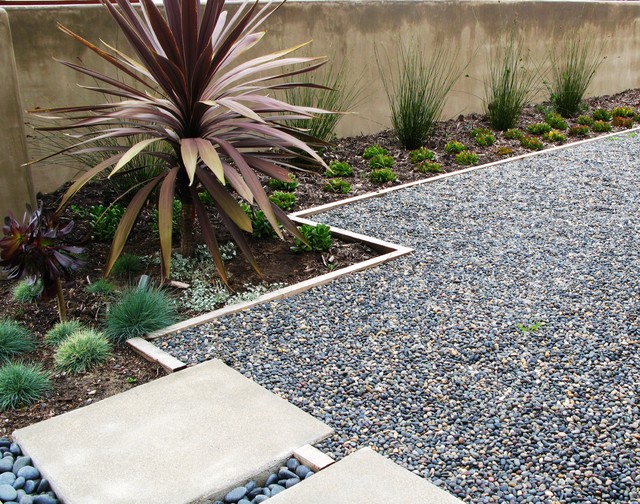Landscapers - The Facts
Landscapers - The Facts
Blog Article
Little Known Facts About Landscapers.
Table of ContentsSome Known Facts About Landscapers.The Single Strategy To Use For LandscapersAll About LandscapersMore About Landscapers3 Simple Techniques For Landscapers
In the PNW there are semi-deciduous or semi-evergreen plants that may shed their leaves depending on how cool the winter months is. - A flat celebration area, made of timber or composite product (made to look like timber), generally surrounding or attached to a structure.

This is a natural procedure, and the outcome can be utilized for courses and patio areas. - Key landscape features being recommended in a landscape layout plan.
Landscapers for Beginners
These goals guide the style process, not the designer's style or preferences. Typical layout objectives in Portland are low maintenance, drought tolerant, and animal pleasant. - Process for getting rid of or thinning the dead reduced level of a fully grown lawn. Thatch is grass that has died and accumulated listed below the environment-friendly blades.
Nonetheless, gradually this layer can get very thick and make it hard for water, sun, and nutrients to get to parts of the turf.- The procedure of accumulating and managing the circulation of water on a building. This can be made with grading, French drains, dry wells, absorptive surfaces, sump pump, rain gardens, and more.
Feature at the bottom of hills, with natural springs, or loaded with heavy clay have the most drainage troubles.- A slow-moving feeding irrigation system that uses adaptable tubing and emitters to send a precise quantity of water to every plant. This is the most efficient method of watering plants. - The capacity of a plant to endure without much summer water.
- A garden feature where water is stood for by an aggregate rock product, typically a crushed rock or granite.- A rock or natural flagstone patio area, path, or sidewalk constructed without a concrete base.
The Facts About Landscapers Uncovered
- A stone maintaining or totally free standing wall constructed without the usage of mortar. - An underground framework that collect water and permits it to slow percolate right into the dirt around it.
Landscape style that is compatible with a websites' atmosphere in both look and sustainability without adverse influences to the setting. Bordering in the landscape is a line of separation that produces aesthetic passion in the garden by separating one sector from another sector.
Locations can likewise have a sensation of "unit" given by trees, various other growings, fencings, or screens. The landscape near the access to a structure. A tree, hedge or creeping plant, trained to expand on a wall or fencing right into a certain pattern. Especially valuable for fruit trees, making it get more simple to collect the fruit and consisting of mess.
A plant that is foreign to the place where it will certainly be grown. Not all "exotics" are invasive or harmful, and numerous can be well behaved or drought forgiving (Landscapers). A mass growing of brushes. Thicker bladed turf yard that spread out via rhizomes.: The level of dirt on your property before bark dirt or garden compost is spread.
10 Easy Facts About Landscapers Shown

The purpose, reason, or activity that an area is be landscaped for. Room for expanding plants for checking out, consuming, or physical task.
Low plants that are enabled or motivated to spread over a location. Can refer to any type of "tough" garden components consisting of statuary or boulders but a lot of generally is used to refer to courses, outdoor patios, and walls.: Elevation difference between the degree of water in a pond (or the degree of the pump if it read what he said sits outside the fish pond) and the upper electrical outlet of water which impacts performance of the water pump in gph (gallons per hour).

The Only Guide for Landscapers
Typical PNW landscapes are informal. A plant that spreads more than wanted, or into environments where it does damage.
Can consist of head positionings and coverage, pipeline sizing, GPM specs, and products required to mount this system. Licensed specialist who makes landscapes, schooled in engineering and architecture as well as in cultivation.
The specialist that plans and creates landscape projects, generally at a residential or little commercial degree with the major design catalyst on growings. Landscape designers normally have much less education than Landscape Architects and are not certified. A explanation completed landscape style, describing all aspects for the new landscape. This normally takes the form of a drawing on paper.
A water limited HDPE product made use of below ponds, streams and waterfalls in water attributes. Making use of lots of plantings of the same variety to fill in a location in the landscape.
Report this page